The Jaguar F-Type is back, with a fresh look and an assortment of new bells and whistles. They have, thankfully, resisted the urge to treat it to a new pair of beige slacks and a matching M&S cardigan, although that must have been tough. Alright, there’s a bit more to the update than the above would imply (a modest engine power hike, a new engine derivative, some new suspension componentry and some digital instruments) but perhaps not as much as you might imagine would be necessary to keep a current sports car up to date in what is now – wait for it – its eighth year in production.
Is it entirely fair, then, you may wonder, to pitch the ‘new’, range-topping R version of this car into a head-to-head contest with the only-a-year-old 992-generation Porsche 911? Knowing what we already do about the latter – it’s a group test winner already and was highly commended at Britain’s Best Driver’s Car shootout, don’t forget – is that a contest the plucky Brit can possibly win?
Well, it’s certainly a curious notional position for the fresh meat in one of these twin tests to occupy. Usually it’s the most recently launched car that comes in with all the advantages, yet the Jaguar holds nothing over the lighter, faster and fundamentally newer Porsche that might give it an on-paper head start here – save, perhaps, the peak outputs of its supercharged 5.0-litre V8 engine.
But here is the truth you’ll discover having driven these cars extensively and one after another: there are some things the new Jaguar F-Type R P575 AWD does every bit as well as a Porsche 911 Carrera 4S; there are a handful of things it does even better, actually. I must add for the sake of balance that there are also plenty of ways in which the German is quite plainly the Brummie’s superior. And yet what you’re about to read is a contest, trust me, not a pushover. The Jaguar, for all of the long-toothedness that the new styling and interior smartening seek to disguise, has its shout, and for some – maybe even for you – it will be the better car.
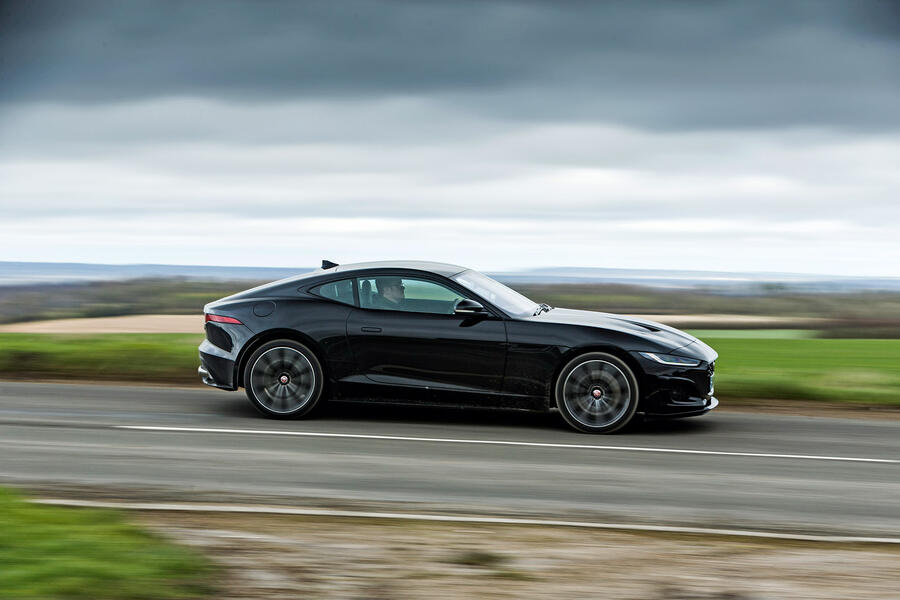


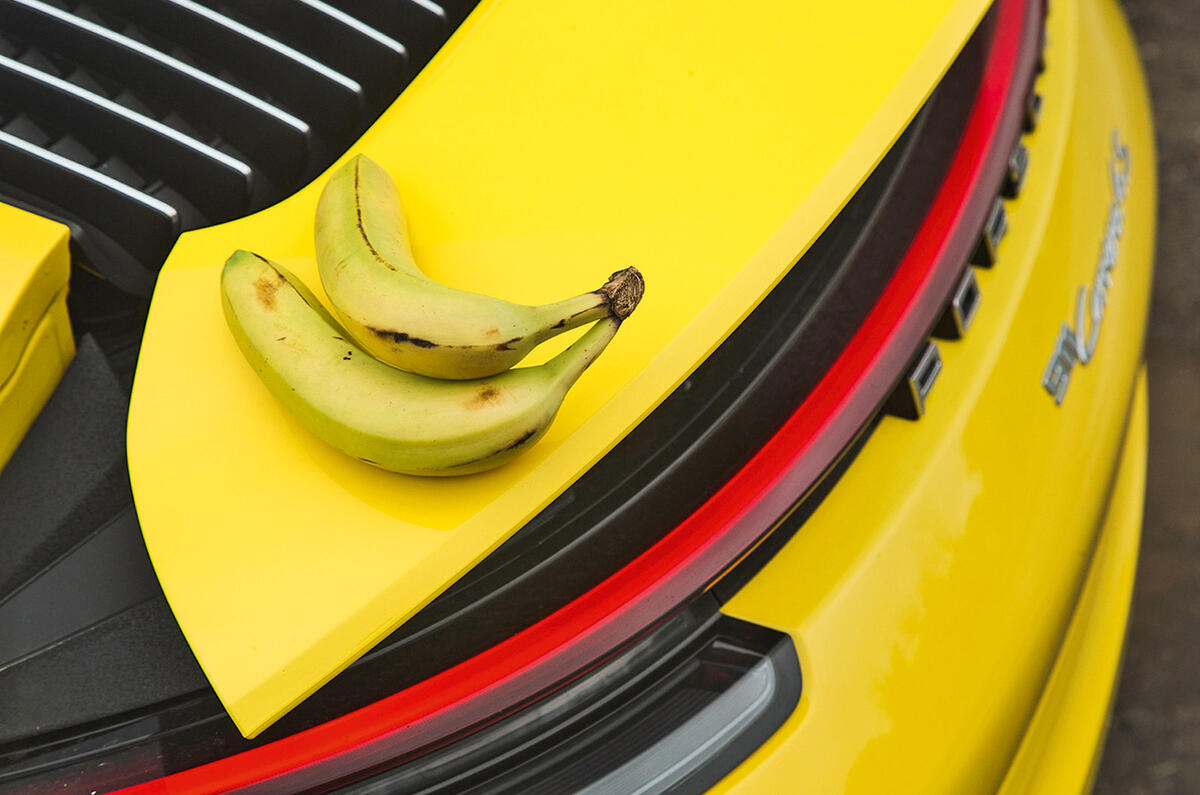
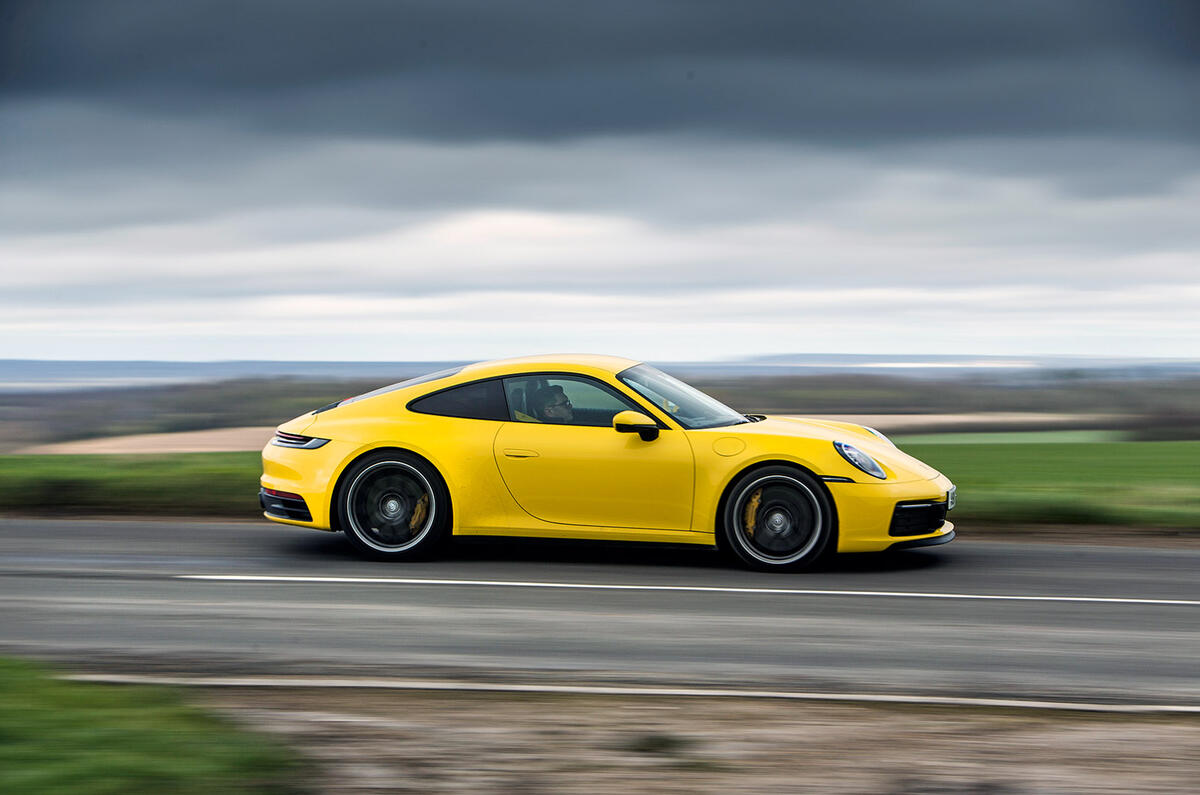










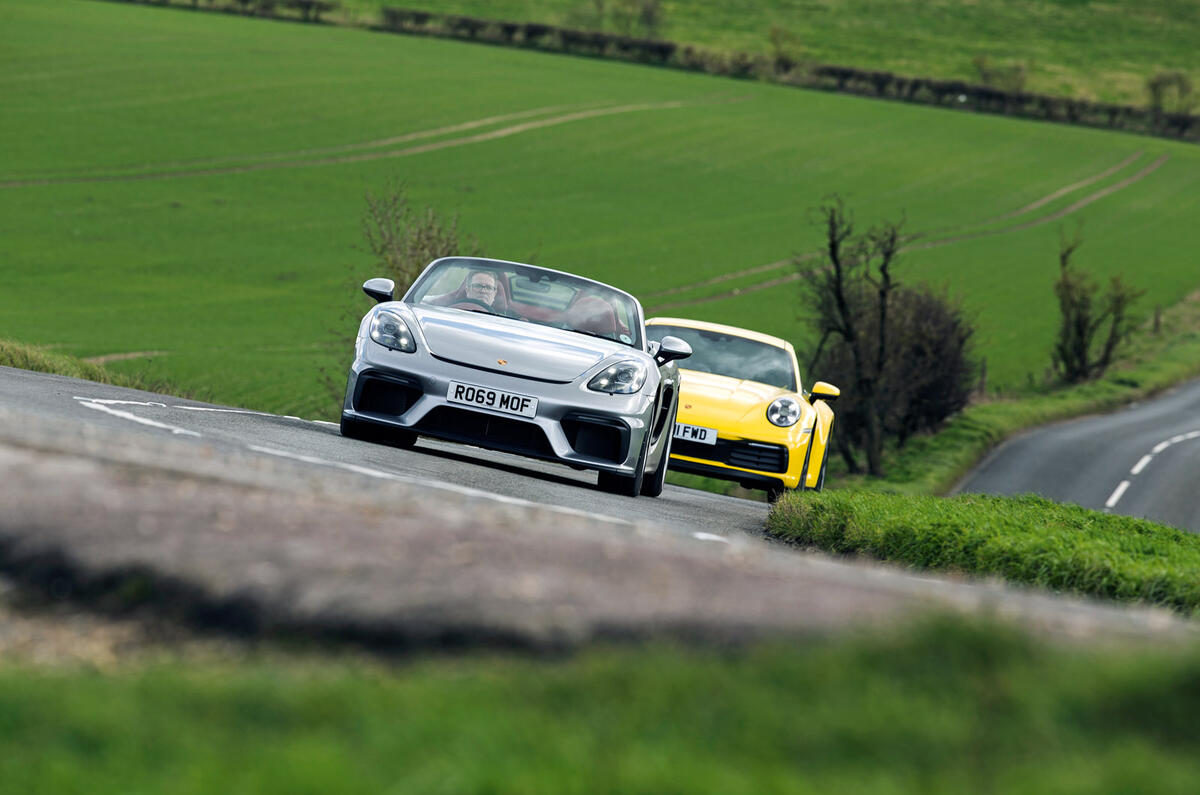






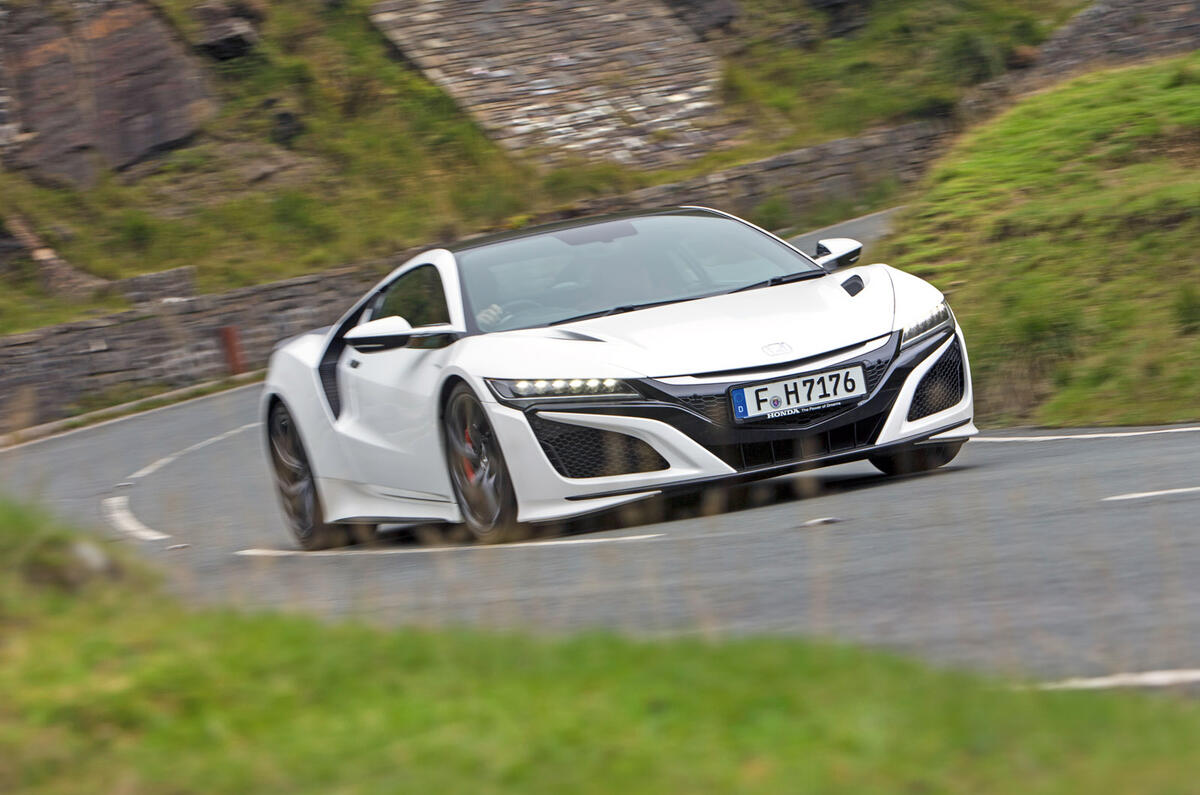



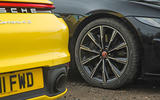








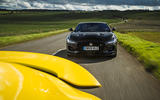










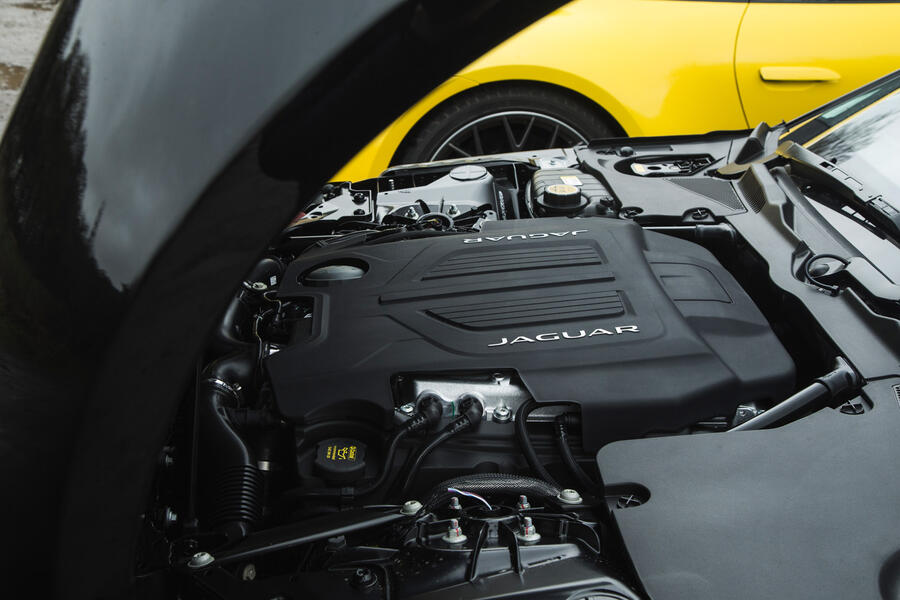
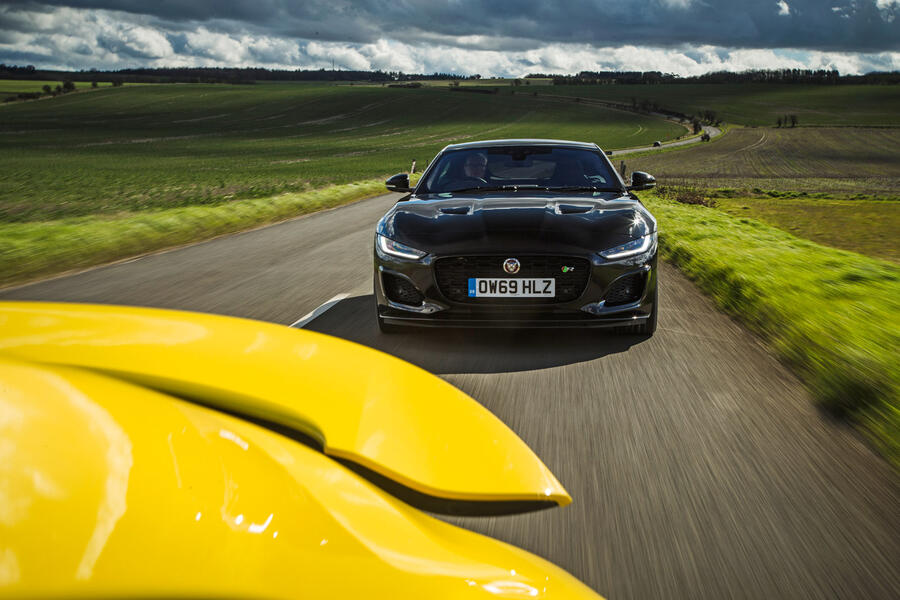


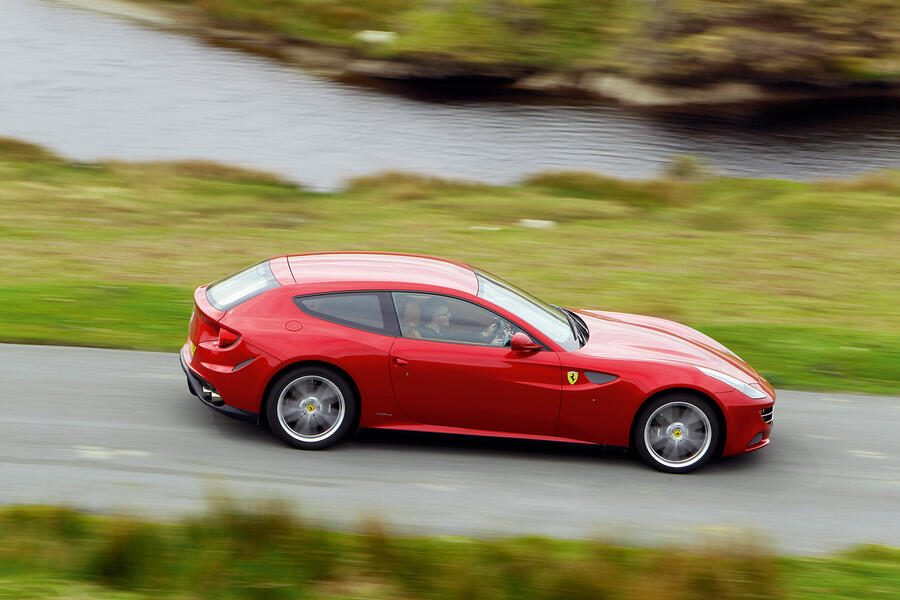
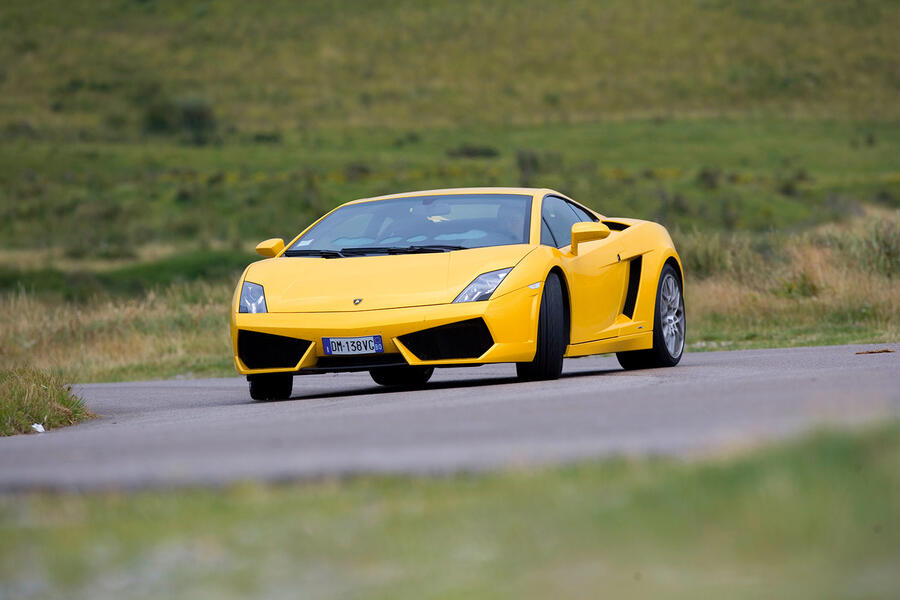
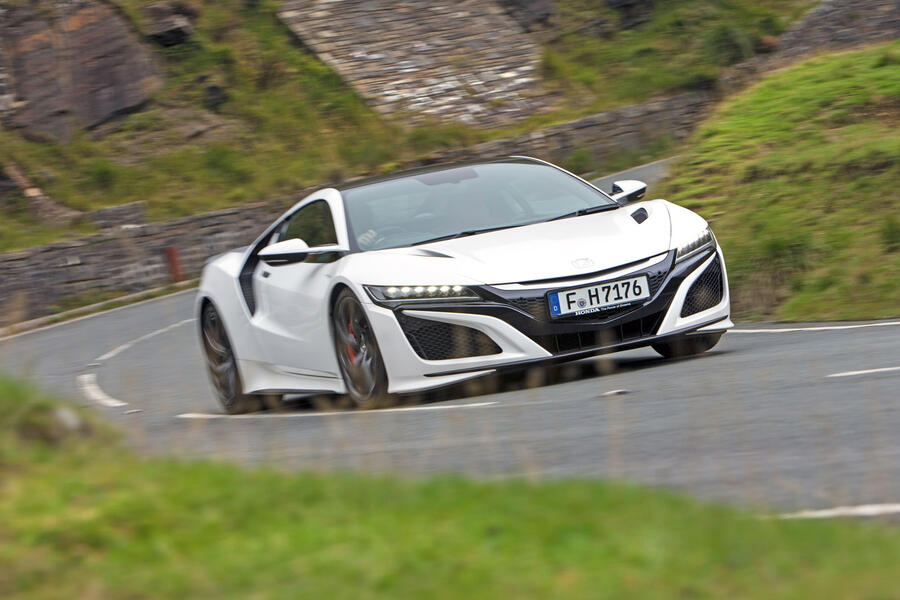





Join the debate
Add your comment
The Volkswagen?
It has no soul.
I'll take the Jag please..
I am sure the Porsche is an incredible car, they don't get their reputation for nothing. But I would take the Jag every time. Had the pleasure of driving the supercharged 6 last year and the sound was glorious. Completely and utterly glorious. The V8 has to sound phenomenal. And the drive was none too shabby either. Handling sharp, tires glued to the road, felt invincible behind the wheel. Granted, I am a bit of a Jaguar fanboy but the F-Type is a great car.
If we went to the land of the free
and asked them straight 6 or V8, we wouldnt be having to debate the article.
Agree Citytiger.
Agree Citytiger.
The Ford GT is half the car it could have been with its little V6. It even has 'Ecoboost' written on it - horrific.
In fact is should be call a GT20.